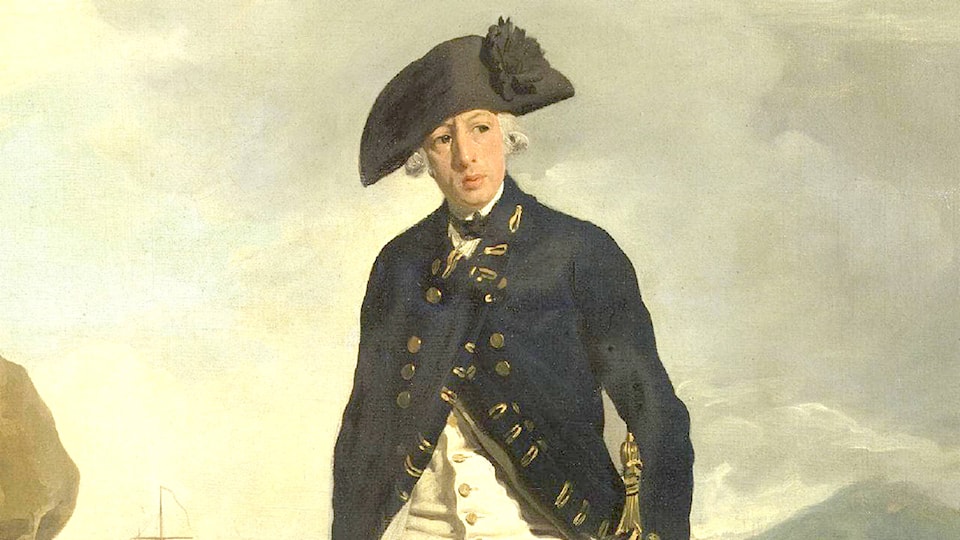Mike Selby
On the evening of January 18th, 1788, one of the greatest sea voyages of all time came to an end.
Captain Arthur Phillip had sailed eleven ships on a course no one had travelled before, to a place no one aboard had been before, through some of the roughest storms in recorded history.
It had Phillip just under a year to transport 1,400 people from England to the Southern Continent of what would one day be called Australia. Surprisingly, only three per cent of the passengers perished on the voyage; an unheard-of low number.
Even more surprisingly was the fact that everything Philip had been told about his destination had been wrong.
Captain Cook, who had claimed Australia for Britain two decades earlier, had reported that Botany Bay —exactly where Philip landed —was a paradise of lush green trees, acres of dark fertile soil, and an abundance of running water.
In reality Botany Bay was none of this; instead being one of the most inhospitable inlets Philip had ever seen.
Cook had also been even more wrong about Australia’s Indigenous People, writing that “the land was sparsely inhabited by people who appeared to live a wandering life, without any notion of property.” The reality being there was over a million of them and they had been there for 70,000 years before Cook arrived.
Phillip could work with this first blunder (he moved the fleet up the coast to Port Jackson, which at least had drinking water) but was devastated by the second (“we have been the aggressors,” he would later write. “[the Fleet] was caught within the contradictions of an invasion.”).
He had other worries at the time though. As everyone knows, he had brought the worst of England to settle Australia (prior to this, prisoners had been sent to America, but then 1776 happened, and that choice no longer an option). Besides his marines, Philip brought hundreds of men, women, and children who had been convicted of theft or fraud. No murderers, rapists, or prostitutes had been sent with this first fleet. They would come on later ships, as would a number of Canadian convicts (French rebels who caused trouble in Upper Canada!).
In addition to the convicts the ships brought livestock, food shares, clothing, blankets, farming and carpentry tools, seeds, candles, cutlery and — for our purposes — Australia’s very first lending library.
The library was the brainchild of Richard Johnson, the Church of England’s choice of Chaplain for the new colony. After learning the literacy of the convicts was unusually high, he arrived with: 100 Bibles; 350 New Testaments; 500 Psalters; 100 Books of Prayer; countless catechism readers; thousands of religious tracts (all about the evils of swearing); dozens of children’s spelling books; and one large book titled ‘An Essay Towards An Instruction for the Indians’ which was probably not much use to anyone. He also brought personal books for himself, various Church works and his personal Bibles and Concordances.
What history would call the Port Jackson Lending Library, this was a remarkable collection for a British colony anywhere, let alone one made up of convicts.
These weren’t the only books though. Members of the Royal Navy had brought books with them as well. A marine named George Johnson brought the first seven volumes (out of forty-six) of Arthur Young’s ‘Annals of Agriculture.’ They had been a gift to Johnson by the Duke of Northumberland.
Another marine named Watkin Tench packed with him ‘Adam Ferguson’s ‘An Essay on the History of Civil Society,’ John Latham’s ‘General Synopsis of Birds,’ and ‘Oliver Goldsmith’s ‘A Natural History of the Earth and Animated Nature.’ Surgeon John Lowes had brought ten books written by Swedish spiritualist Emanuel Swedenborg. In a letter home he stated the books (translated into English) “had been widely distributed amongst crew, officers and convicts.”
After these it all gets a bit fuzzy. Surgeon Lowe mentioned he brought “4 hospital books,” but whether these were blank logbooks or medical texts remain unknown. He also frustratingly refers to a “Dictionary of Arts and Sciences,” but which exact one remains a mystery.
Richard Johnson’s personal Bible and his copy of ‘Cruden’s Concordance’ are still with us. They can be read at Sydney’s Moore College Library. Also still with us is the first volume of George Johnson ‘Annals of Agriculture,’ which can be examined at the Mitchell Library building of the State Library of New South Wales.
The Port Jackson Lending Library was taken over by Richard Johnson’s successor, Chaplain Samuel Marsden. A surviving letter states his intention was to bring books on “Divinity and Morals, History, Voyages and Travels, Agriculture in all its branches, Mineralogy and Practical Mechanics,’ but whether he did or not is lost to history. He did expand and grow the Port Jackson Library, until it was absorbed in 1826 by the Australian Subscription Library, which is today the State Library of New South Wales.
Most of the original books which came over with the first ships were lost when Johnson’s home — Australia’s first church — burnt down in 1793. Before this, the original lending library was quite popular with the convicts, but not in any way Johnson had hoped for. When not being traded for tobacco, liquor, or even sex, the Bibles and prayer books made for great toilet paper.
Mike Selby is Information Services Librarian at the Cranbrook Public Library
